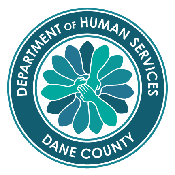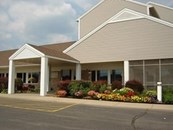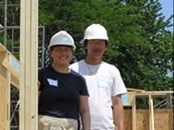

The Community Development Block Grant (CDBG) Entitlement Program provides annual grants on a formula basis to entitled cities and counties to develop viable urban communities by providing decent housing and a suitable living environment, and by expanding economic opportunities, principally for low- and moderate-income persons. The program is authorized under Title 1 of the Housing and Community Development Act of 1974, as amended. The funds that Dane County receives from HUD are distributed across the County (outside of Madison) and available to a variety of sub-recipients including municipalities, non-profit, and for-profit entities. Since 1999 over $18 million in CDBG funds have been invested in Dane County Consortium communities.

The HOME Investment Partnership (HOME) Program is the largest Federal block grant to State and local governments designed exclusively to create affordable housing for low-income households. HOME provides formula grants to States and localities that communities use, often in partnership with local nonprofit groups, to fund a wide range of activities that build, buy, and/or rehabilitate affordable housing for rent homeownership or provide direct rental assistance to low-income people.
The HOME Program was created by the National Affordable Housing Act of 1990. Program regulations are at 24 CFR Part 92. The intent of the program is to:
Since 2002 over $7 million in HOME funds have been invested in Dane County Consortium communities.
CDBG and HOME funded projects must primarily benefit low- and/or moderate-income residents of Dane County (outside of Madison) in order to be meet a HUD National Objective. Certain projects that eliminate slum and/or blight from an area, or that address an urgent community development need in an area, may also qualify. Refer to the National Objective Fact Sheet for guidance on meeting a CDBG National Objective. Potential applicants with eligibility questions should contact the Office of Economic and Workforce Development prior to submitting an application.
15% of HOME funds received annually must be set-aside for Community Housing Development Organizations (CHDOs). A CHDO is a private, nonprofit organization that meets a series of prescribed qualifications.
In additional to the housing-related activities outlined above, many other real property activities are eligible to be funded by CDBG/HOME such as: acquisition; disposition, clearance, rehabilitation of publicly- or privately- owned commercial or industrial buildings; code enforcement; historic preservation; and renovation of closed buildings.
Funds may be used for the acquisition, construction, reconstruction, rehabilitation, or installation of public improvements or public facilities.
Public service activities may include, but are not limited to:
Acquisition of land, buildings, machinery, and equipment; site preparation; clearance of land; rehabilitation of buildings; and working capital.
Generally, the following types of activities are ineligible: Acquisition, construction, or reconstruction of buildings for the general conduct government; political activities; income payments; construction of new housing by units of general local government.